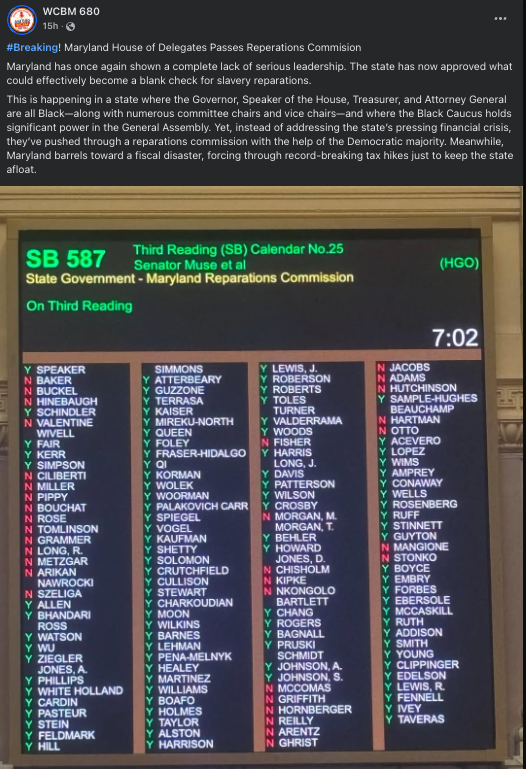President Trump's 25% tariffs on imported vehicles took effect overnight, with the first signs of impact materializing Thursday morning—i.e., shares of U.S. carmakers tumbled in the early cash session, and Stellantis NV announced plans to temporarily suspend production lines in both Canada and Mexico.
Bloomberg reported that the global automaker overseeing 14 car brands will pause production at its Windsor, Ontario plant for two weeks starting next Monday. Details about how long production lines in Mexico would remain offline were not disclosed.
"With the new automotive sector tariffs now in effect, it will take our collective resilience and discipline to push through this challenging time," Antonio Filosa, head of the company's North American operations, told employees in a memo earlier. He said the move will affect employees at "several" of the company's U.S. powertrain and stamping facilities supporting Canada and Mexico operations.
Bernstein analyst Daniel Roeska warned clients that a "25% automotive imports lasting beyond four to six weeks would likely have a chilling effect on the entire sector as [automakers] need to grapple with significant impact to the bottom line."
TD Cowen's Itay Michaeli described the tariffs as "close to the worst case outcome vs. recent expectations," while Barclays' Dan Levy warned: "there are no 'winners' in the absolute – only relative winners."
Upcoming production changes at some of Stellantis' factories in Canada and Mexico are some of the first effects of Trump's 25% tariffs on auto imports. The administration's move is to revive America's industrial base, and the only way to do that is to use tariffs to force companies to re-shore operations.
Wedbush analyst Dan Ives told clients that "the concept of a U.S. carmaker with parts all from the U.S. is a fictional tale that does not exist and would take years to make this concept a reality."
CNBC noted, "Parts that are currently compliant with the USMCA trade deal will be tariff-free, but only until the secretary of commerce and Customs and Border Protection establish processes to impose levies on non-U.S. content."
In markets, automakers were pressured lower with broader main equity indexes. General Motors dropped 2.4%, Ford -2.2%, Rivian -3%, Lucid -4%, and Tesla -3.5%
An analysis we shared with readers on Tuesday, "Trade War Hits The Gas: Trump's Auto Tariffs To Reshape Global Manufacturing," provides more color into how the repercussions of the auto tariffs could be far more impactful than initially appear—impacting everything from dealership showrooms to global supply chains.
The move to restore America's hallowed industrial core begins.
https://www.zerohedge.com/markets/auto-tariffs-pump-brakes-jeep-owner-pauses-canada-mexico-plants


